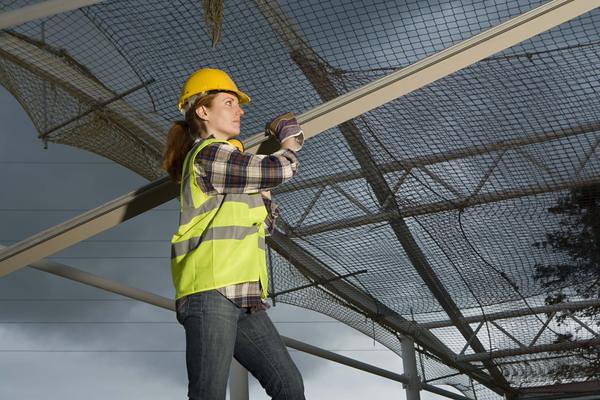Construction Helpline CEO Umer Mansoor discusses diversity in the construction sector
With a recent government
backed review revealing that a third of FTSE 100 companies are set to miss
ethnic diversity targets, the discussion surrounding diversity in British
industries is ongoing. An update report from
Business Secretary Andrea Leadsom noted that the companies mentioned in the review had ‘much more to do’ to improve diversity. With housebuilders Taylor Wimpey and Persimmon being mentioned in the review as two of the companies not meeting the targets, it raises the question of what is being done to improve diversity in construction?
Diversity in the workplace
Diversity in the workplace has many benefits including offering different viewpoints, increased innovation and offering a global perspective. Diversity may include but is not limited to ethnic background, gender, age, physical ability and socio-economic status to name but a few. There is already a skills shortage in the construction sector and the industry would certainly benefit from the boost that having a more diverse workforce could give. Creativity and productivity also thrive in a diverse working environment.
Diversity in construction
It’s no secret that construction is seen as a male dominated industry. As this article on raconteur states, the average construction worker is ‘likely to be white, middle-aged and able bodied.’ An article by Innovate UK from early 2019 suggests that there are challenges in the sector that may be preventing more females from joining the construction workforce. Suggestions for improvement in this area included cleaner workspaces, female toilets on site, flexible working and site open days for women. Currently in the UK, women make up just 14% of the construction workforce.
The construction industry needs to innovate; I have made no secret of my wish for the sector to seek new ways to improve and move forward. Making the workplace more diverse and employing more BAME (Black, Asian and Minority Ethnic) employees makes for more varied ideas and approaches. Companies should be representative of their clients, and having a diverse workforce helps with this. A survey by Hays in 2019 said 78% of black workers in construction say they have experienced barriers in their career due to their race or another protected factor. Importantly, while we also want to see a more diverse site workforce, I also would like to see more diversity in senior construction roles.
I regularly attend industry events and have noticed the lack of representation and diversity in construction first-hand. As Construction Helpline is a provider of health and safety training, I am also interested in how the industry can make reasonable adjustments to help those with disabilities work in the sector. Utilising alternative equipment and undertaking risk assessments for all employees can help keep everyone of all physical abilities safe on site.
How can diversity be improved?
Making companies accountable and naming those failing to meet targets is also important. We also need more high profile campaigns drawing attention to the lack of diversity in construction – this one from Construction Week which saw a steering committee created is a good example. Some construction statistics show that construction diversity is improving, but in my opinion, there is still a long way to go to ensure diversity in construction.
You can find out more about diversity in construction and the workplace here: https://assets.ey.com/content/dam/ey-sites/ey-com/en_uk/news/2020/02/ey-parker-review-2020-report-final.pdf


